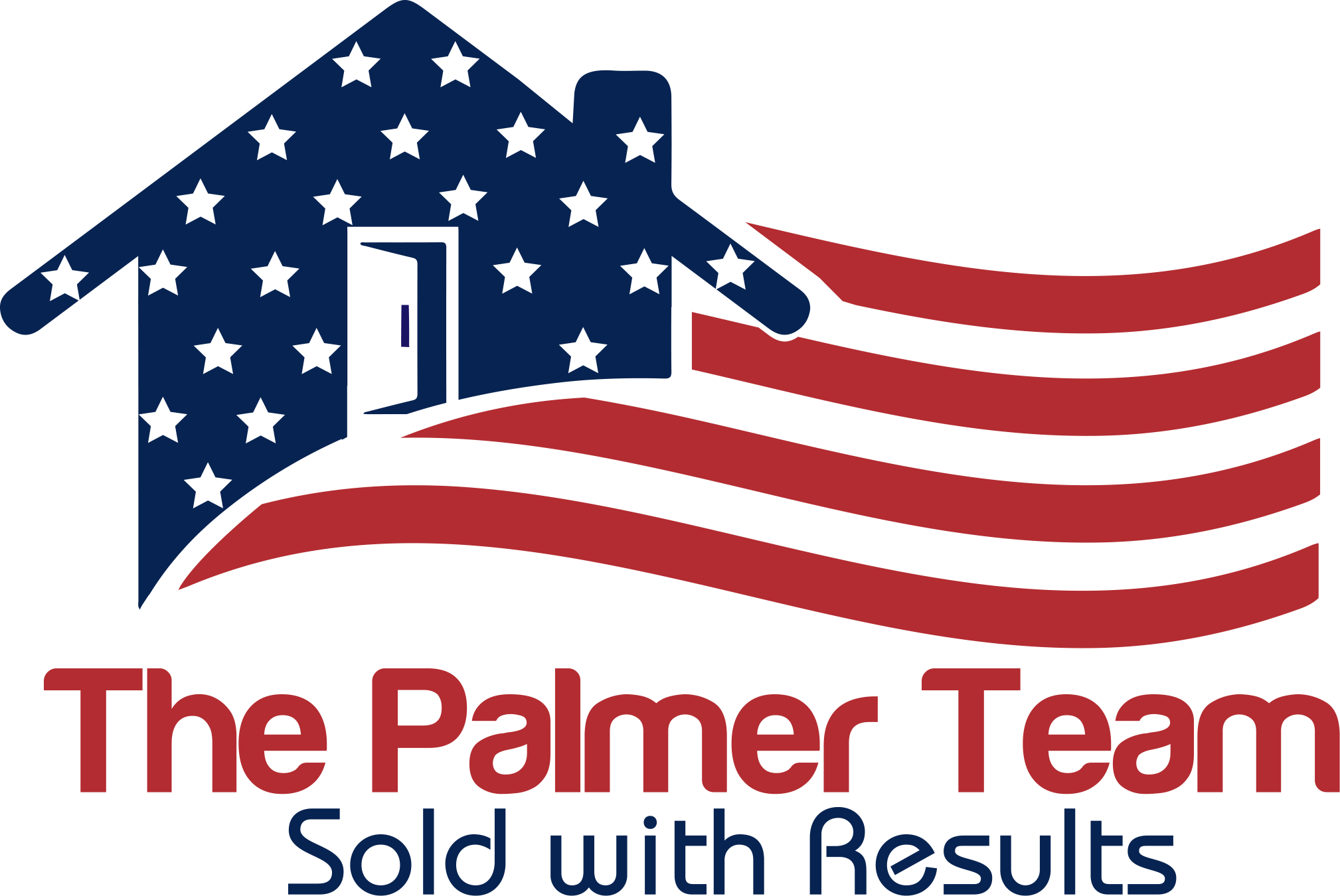Maximize Your Home's Value in Northwest Valley

Ron Palmer
I have lived in the northwest valley for over 20 years and love it here! Even the summers- well, most of it! I graduated from the University of N...
I have lived in the northwest valley for over 20 years and love it here! Even the summers- well, most of it! I graduated from the University of N...
When it comes to selling your home in the competitive Northwest Valley real estate market, including areas like Glendale and its surroundings, setting the right price from the very beginning is critical. It’s not simply about choosing a figure; it involves a strategy that positions your home to attract the ideal buyers and yields the highest returns. This article will explore three proven pricing strategies, specifically tailored to our local market dynamics, to significantly impact your home-selling journey.
1. Comparative Market Analysis (CMA)
A Comparative Market Analysis, or CMA, involves a detailed assessment of homes recently sold in the Northwest Valley that match yours in size, location, condition, and other key factors. This method aims to establish a competitive and realistic price range for your property, guided by current local market trends and comparable sales data.
Pros:
- Accuracy: CMAs harness data from recent sales in the Northwest Valley to pinpoint your home’s fair market value with a local lens.
- Competitive Edge: Aligning your home’s price with similar, recently sold properties increases the likelihood of drawing serious buyers, possibly even sparking a bidding war.
- Confidence: A professionally prepared CMA adds credibility and transparency to the pricing process, benefitting both sellers and buyers.
Cons:
- Limited Scope: Although CMAs offer invaluable insights, they might not fully capture unique features or local market shifts that could influence your home’s value.
- Subjectivity: Comparable sales data interpretation can vary, occasionally leading to disparities in pricing suggestions.
- Market Changes: In a dynamic area like the Northwest Valley, CMA data can quickly become outdated, necessitating regular updates for accuracy.
2. Pricing Below Market Value for a Quick Sale
This tactic involves setting your home’s price slightly under the estimated market value to attract more buyers and encourage quick offers. The goal is to instill a sense of urgency and perceived bargain, potentially leading to several offers and an escalated final sale price.
Pros:
- Increased Interest: An attractive price can capture buyers’ attention, believing they’ve found a great deal, thus increasing inquiries and viewings.
- Faster Sale: Listing your home as a value deal can swiftly draw offers, reducing its time on the market.
- Potential for Multiple Offers: A competitive price can spark a bidding war among buyers, boosting the eventual selling price.
Cons:
- Risk of Undervaluing: An excessively low price may result in quick offers but at the cost of missing out on a potentially higher selling price.
- Perception of Issues: Some buyers might suspect that a lower price is indicative of underlying problems or question the home’s actual worth.
- Perception of Desperation: A below-market pricing strategy could signal to potential buyers that you are eager to sell, potentially weakening your negotiating position and attracting lower offers.
3. Pricing Higher to Leave Room for Negotiation
This approach entails listing your property at a price above its estimated market value, aiming to negotiate down to a price agreeable to both you and the potential buyers. It’s meant to create an impression of value and flexibility, permitting room for negotiation without undercutting your desired returns.
Pros:
- Perceived Value: A lofty list price may convey luxury or exclusivity, drawing in buyers willing to pay extra for desirable amenities.
- Negotiation Flexibility: Setting a higher price gives you wiggle room in negotiations, allowing you to meet buyer demands without losing out financially.
- Mitigated Risk: A higher starting price can act as insurance against market dips or unforeseen costs, ensuring you don’t sell for less than your property's worth.
Cons:
- Limited Buyer Pool: An asking price well above market value may alienate potential buyers who view it as unfeasible.
- Extended Time on Market: Properties listed too high tend to stay unsold longer, potentially leading to a stale listing that loses buyer interest over time.
- Appraisal Challenges: If the negotiated sale price far exceeds the home’s appraised value, buyers may face financing difficulties, putting the sale at risk.
Choosing the appropriate pricing strategy for your home in the Northwest Valley requires a deep understanding of local market conditions, your property’s unique attributes, and your personal selling objectives. Whether you prefer a data-informed approach with a CMA, seek a speedy transaction through below-market pricing, or wish to negotiate from a higher starting point, each strategy has its advantages and drawbacks to consider. By partnering with a seasoned real estate professional familiar with the Glendale and Northwest Valley markets, you can confidently navigate these options and find success in selling your home.
Considering a sale? Reach out, and our expert team will assist you in determining the most suitable pricing strategy for your property in the Northwest Valley’s vibrant real estate market.
Thinking about selling your home?
Get in touch. We'll guide you through every step of the process to ensure a smooth transaction that meets your goals.



